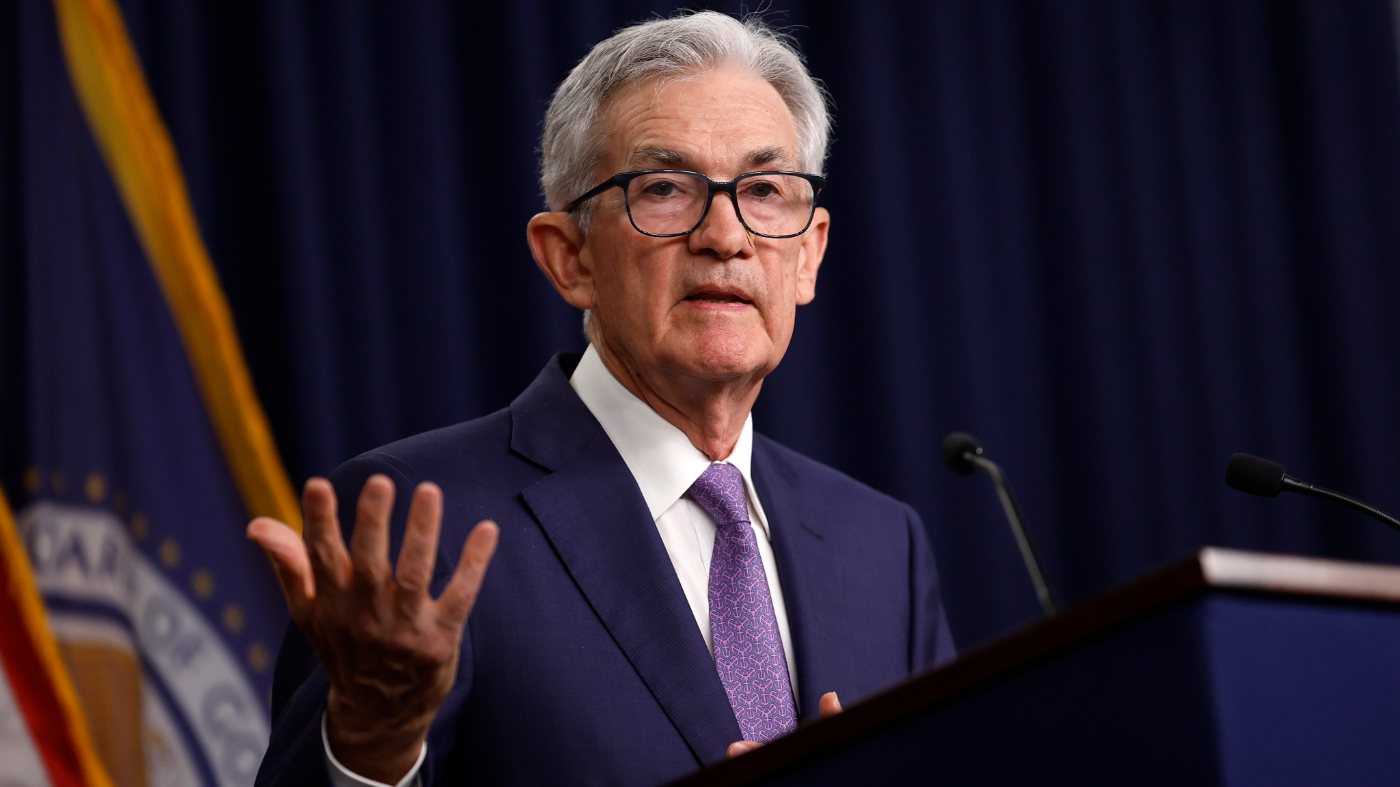Traders had a brief moment of excitement after Thursday’s Consumer Price Index (CPI) report, which showed that prices cooled more than expected in June. This triggered hopes that the Federal Reserve might still cut interest rates this year.
Even though the less popular Producer Price Index (PPI) on Friday was hotter than anticipated, traders remained hopeful. The chances for a rate cut in September are currently at 93.8%.

The Fed has two main goals: to keep prices stable and to promote maximum employment. A weakening labor market might force the Fed to start easing monetary policy before inflation hits its 2% target. In June, inflation rose at a 3% year-over-year pace.
The U.S. unemployment rate has been climbing for three consecutive months, reaching 4.1% in June, up from 3.8% in March. Fed Chair Jerome Powell, speaking on Capitol Hill, acknowledged the labor market slowdown, stating that it’s no longer “a source of broad inflationary pressures for the economy.”
Olu Sonola from Fitch Ratings commented:
“The Fed will be worried that the negative trend may be a turning point for additional weakness in the labor market down the road.”
Powell also noted that the risk balance between the unemployment rate and inflation is now two-sided, with the labor market back in balance. This gives the Fed a reason to start cutting rates sooner, as inflation seems to be moving toward the 2% target.
Powell mentioned that data showed “modest further progress,” but emphasized that more positive data would reinforce their confidence that inflation is moving sustainably towards the target.

The Fed Chair added that labor market conditions have cooled while still being strong. However, lowering rates too early could ruin the plan to control inflation. On the other hand, keeping rates high for too long could unnecessarily increase unemployment.
Powell believes that “elevated inflation is not the only risk we face,” pointing out concerns that maintaining high borrowing costs for too long could “unduly” harm the economy.
He stated that policy decisions would be made on a “meeting by meeting” basis, although he hinted that the Fed’s next decision could be to cut rates, not increase them.





